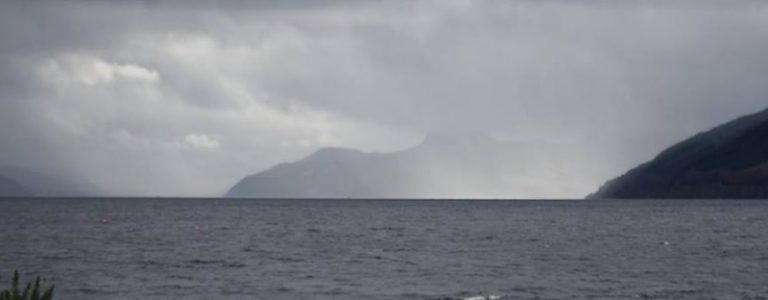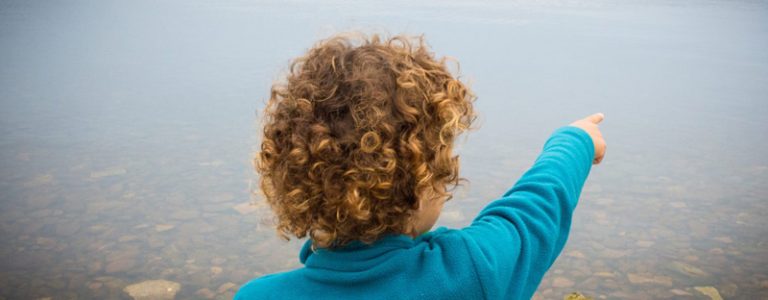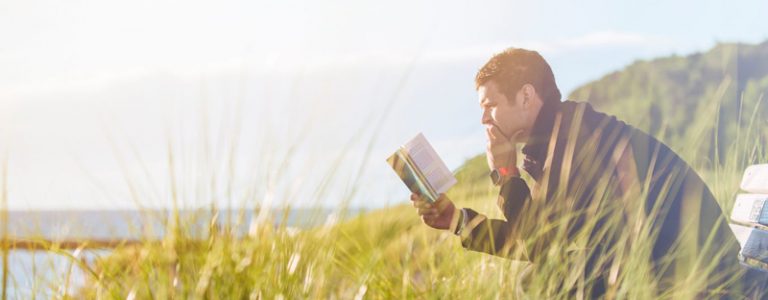Eight Fun Facts About Vikings
Last week, I promised that I would do another fun facts post in relation to my NaNoWriMo WIP, The Legend of Dreich. You may have guessed by now that it has some relation to the Loch Ness monster, and if you follow my Instagram account, you may have sussed out that there is a vague connection to vikings somewhere in there. They’re not as unconnected as you think.
So this week, here are eight fun facts about the people of the north.
THEY WEREN’T CALLED VIKINGS
Although we call them vikings now, that was a 19th century word. We aren’t sure what they referred to themselves as but it’s probable they were ‘Norse’ or ‘Norsemen’. Viking was a term used much later to describe Scandinavians who explored the world (more on that later). They’ve become a bit of a cultural icon these days but if you met one and called them a viking, it’s unlikely they’d understand what you meant.
It’s unclear what the word ‘viking’ means but according to the National Geographic, it means ‘pirate raid’ which suggests ‘viking’ could well be a verb.
THEY WERE VERY CLEAN
Contrary to the Hollywood image of massive, filthy marauders, the vikings were surprisingly hygienic — to the point that other cultures made fun of them for it. They put a lot of importance on jewellery and fashion and you can see their accessories and combs in museums today. They were pioneers of daily washing.
They also highly valued blond hair and would wash their hair (and beards) with a very strong soap made of lye in order to bleach it. This had the added effect of killing lice. The vanity had a bonus I suppose.

THEY DISCOVERED AMERICA
Although, most of us picture fearsome warriors when we think of vikings,, the truth is many of them were simply farmers. They were also skilled boat builders and excellent traders.
Most interestingly, they explored the world. There is evidence that they discovered America and Canada long before Columbus ever did but left because the Native Americans were no match for their weapons and the vikings liked a good, challenging fight. There have been DNA tests which showed Native American ancestry in their blood, which diluted their desired blond-haired, blue-eyed look but you know, there was always lye soap to fix your hair.
THEY EXPLORED THE WHOLE WORLD
The vikings, being traders, had to have something to trade. Along with everything else, they captured slaves in their raids and made a fortune selling them on in the large slave markets across the continent of Europe at the time.
But the vikings spread far further than just the UK and Europe, they made it all the way down to Baghdad in what is now Iraq. They were great traders and had strong links with the Arabs and those living in the Middle East. Unfortunately, they were known to enforce business contracts with brute force.
The Middle East was known to the Norse as ‘Serkland’. In old Norse, serk means ’gowns’, a reference to the common attire of the people who lived there. To the vikings, that area of the world was pretty much known as ‘the land of the men who wear gowns’.

Returning to Europe, in AD832, the vikings had a go at a big walled city in Europe. They knew there would be vast treasure there and a fleet of 120 ships, containing thousands of men, was led up the Seine to Paris. Under the leadership of Ragnar Lodbrok, they ransacked the city for everything they could find and only left when the head of the city, Charles the Bald, paid them nearly 6,000 pounds (in weight, not currency) of gold and silver.
They were always looking for new conquests and one conquest had them sailing through the Straits of Gibraltar to the Iberian Peninsula where they wrought havoc. They conquered the Iberian Peninsula and looted and captured cities like Lisbon, Seville, and the Balearic Islands. At one point they even captured the King of Navarre (in France) and held him for ransom. Eventually they were ousted by the Moors.
All in all, whether in trade or conquest, the vikings got about a fair bit.
SOME RUINS WERE SIMPLY GRAFFITI
Warriors though they were, they weren’t beyond carving ‘Thor woz ere’ into things. Some runes have been translated as ‘Ingigerth is the most beautiful of all women’ or ‘Tholfir Kolbeinsson carved these runes high up’.
On top of that, during the 9th Century AD, two vikings graffitied their names in the Hagia Sophia. It has survived since the Byzantine era and can still be seen.
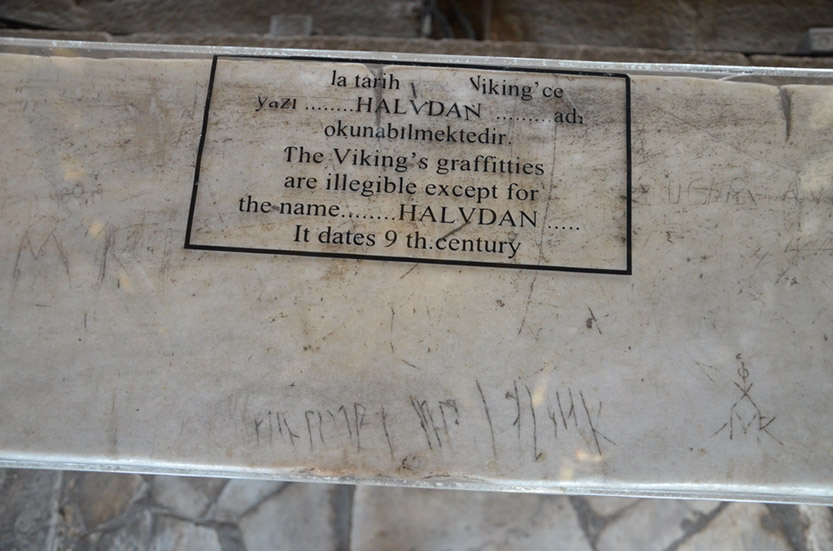
THEY TROLLED THE WHOLE OF EUROPE
In the frozen seas of the north live an unusual breed of rather small whales. These whales are called narwhals. You may have heard of them and yes, they are real. The Norsemen hunted them for meat and whatnot but soon discovered they could sell the horns to the Europeans if they told them they were from unicorns. This perpetuated the myth for decades, if not centuries, and made them a ton of cash in the process.
I told you they had good business minds. It turns out they had a sense of humour too.
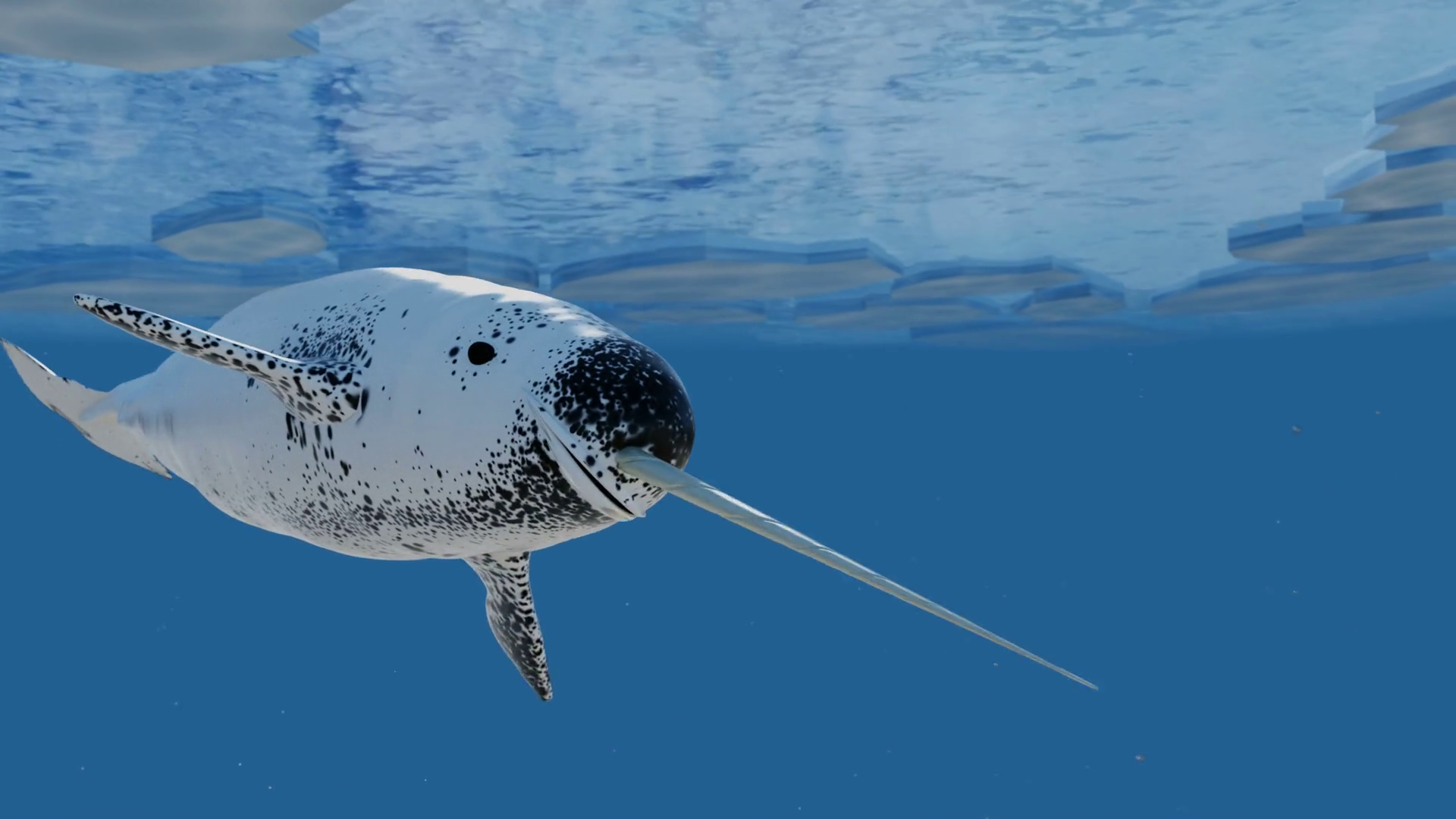
THEY THOUGHT CATS WERE A LEGITIMATE WEDDING PRESENT
New brides would be given kittens as they were seen as an essential part of the household. Not only did they get rid of mice, they were considered appropriate because they were associated with Freya, the goddess of love (and war). Evidently vikings were cat people.
THEY JUST SORT OF… DISAPPEARED
There was no epic final battle with a burning of the boats, not even a plague or a natural disaster that wiped out viking culture. For all its success and riches, it sort of fizzled out.
It’s believed that Christianity had a part to play in this. As the Catholic Church spread, it banned violence — not great news for marauders. Warrior cultures couldn’t survive well in a place where slaughtering people and stealing their belongings was seen as rude. Many of them adapted their laws and culture to fit with the changing worldview of the west and their old ways were lost.
However, few people realise what an enormous impact the Norsemen had on Russia and its people. The vikings may well have been the first people to settle there. It’s believed that these settlers took over the land for a good number of years before it became a Slavic community and the Nordic ways were finally lost. It’s possible that many Nordic settlers moved there because they didn’t care for the changing culture back home.
If you think about it, it was a sad end for a people who believed dying in battle was an honourable way to go and would bury their dead in ships and set them alight. Such a quiet, slow death of their culture seems almost tragic.

YOUR TURN
- Did any of these facts surprise you? What’s your favourite viking fact?
- What time period(s) is your WIP set in?


